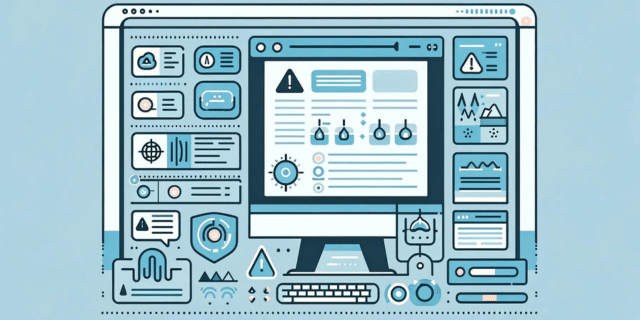Do you have a public facing website? Here are the top 5 things you should make sure you’re constantly monitoring to protect your revenue and reputation.
With the average cost of IT downtime clocking in at around $5,600 per minute it is important that businesses invest in appropriate tools to make sure their web assets are monitored.1
In 2006 Amazon’s Greg Linden reported that during A/B testing, his team found that even a 100-millisecond latency in page load time decreased sales by 1%. That same year, Marissa Meyer, then a VP at Google, reported that just a 500-millisecond delay in Google’s search result response time resulted in a 20% drop in traffic and revenue. A more recent 2017 study found that every 100-millisecond delay in website load time can hurt conversion rates by 7%, proving things are not getting easier for marketers.2
While the majority of websites are monitored to ensure they stay online, few monitor the key performance indicators so crucial to maintaining revenue and reputation, such as page load and synthetic transactions. At Just After Midnight, we monitor hundreds of websites globally to make sure that the customer experience of those users is seamless.
Here are the top five things you should be monitoring on your web assets:
Uptime Monitoring
So, this one goes without saying. Uptime Monitoring is a regular check-up of the availability and response time of a website from different locations normally across multiple regions. It is critical for every business. If the page is not available, it means that your business is not available on the internet.
Page Load Monitoring
Page load speed can be a very important factor in the amount of time and attention that a customer allocates when browsing your website. Generally, as a rule of thumb, you want your page to load in under two seconds. If your site loads in 1.7 seconds, it is faster than approximately 75% of the web.3
Synthetic Transaction Monitoring
Synthetic transaction monitoring is important for eCommerce and other conversion-focused sites. It uses a predefined script to perform the same actions as your users. An example is a user registration or a purchase. Your website may be running but if your users can’t transact with you then what’s the point?
Load Test
Your website may work well on your quieter periods with a few users, but the real test is how it performs during your busiest periods when you have put a marketing campaign live, for example. It’s important to load test your website so that you can see it performs when it’s needed most.
API Monitoring
Almost every website these days has an API — they can be responsible for account registrations, sales leads or credit card payments. It may not be your product, but you’re going to feel it when it goes wrong, so make sure you know about it!
While this is in no sense an exhaustive list, if you’re monitoring the top five you’re onto a good start.
The importance of having a support system
While there is no shortage of monitoring tools in the market that can help you meet your monitoring needs, if you don’t have a robust support plan then how will you be able to support your users when issues occur?
Just After Midnight can work in tandem with your current support team to provide solely out of office support or a fully managed round the clock support package.
If you need some advice on how best to protect your website or to find out more about our support services, please drop us a line anytime, we’re available 24 hours a day, 365 days a year. If you’re in Singapore, get in touch with me directly at [email protected].




